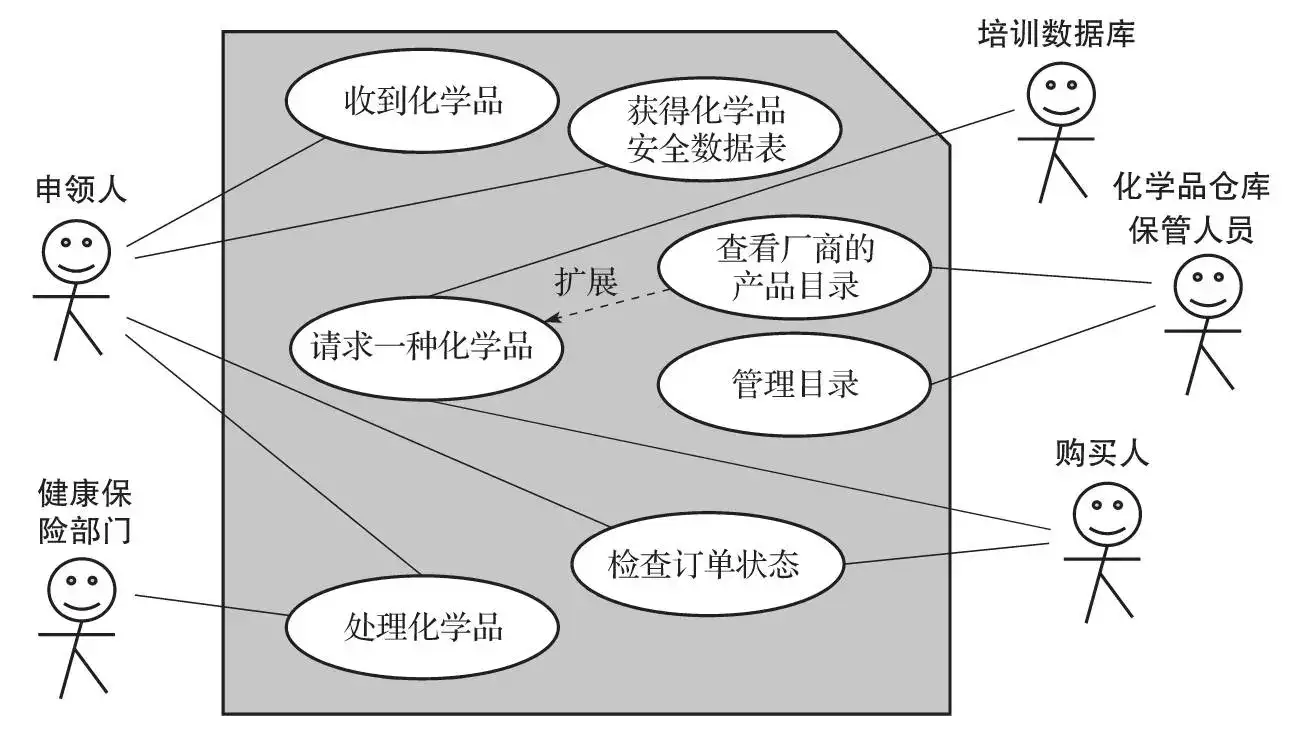返回
记录Apache JMeter请求和响应 - 通过Groovy脚本
见解分享
2024-02-05 22:13:01
使用Groovy脚本记录JMeter请求和响应
Groovy脚本是一种非常强大的语言,可以在JMeter中用于各种目的,包括记录请求和响应。要开始使用,您需要创建一个新的Groovy脚本并将其添加到您的测试计划。您可以在JMeter的“测试计划”菜单中找到“添加”>“脚本”>“Groovy脚本”。
在脚本中,您可以使用HttpRequest类来记录HTTP请求,并使用HttpResponse类来记录HTTP响应。HttpRequest类提供了许多方法来获取有关请求的信息,例如URL、方法、头和正文。HttpResponse类也提供了许多方法来获取有关响应的信息,例如状态代码、正文和头。
以下是一个示例脚本,演示如何记录HTTP请求和响应:
import org.apache.jmeter.protocol.http.sampler.HTTPSamplerBase
import org.apache.jmeter.protocol.http.sampler.HTTPSamplerFactory
import org.apache.jmeter.samplers.SampleEvent
import org.apache.jmeter.threads.JMeterContextService
def sampler = HTTPSamplerFactory.newInstance()
sampler.domain = "example.com"
sampler.port = 80
sampler.path = "/"
def context = JMeterContextService.getContext()
def samplerContext = context.getCurrentSamplerContext()
samplerContext.setSampler(sampler)
def httpRequest = new HttpRequest()
httpRequest.setURL(sampler.getUrl())
httpRequest.setMethod(sampler.getMethod())
httpRequest.setHeaders(sampler.getHeaderManager().getHeaders())
httpRequest.setBody(sampler.getPostBodyRaw())
def httpResponse = new HttpResponse()
httpResponse.setResponseCode(sampler.getResponseCode())
httpResponse.setResponseMessage(sampler.getResponseMessage())
httpResponse.setHeaders(sampler.getResponseHeaders())
httpResponse.setBody(sampler.getResponseData())
// Print the request and response to the console
println("Request: ${httpRequest}")
println("Response: ${httpResponse}")
此脚本将记录发送到example.com的HTTP请求和响应。请求和响应将打印到控制台,以便您可以查看它们。
使用正则表达式过滤请求和响应
您可以使用正则表达式来过滤请求和响应,以便您只记录感兴趣的内容。例如,以下正则表达式将匹配所有以/api/开头的请求:
^/api/.*$
您可以使用HttpRequest.matches()和HttpResponse.matches()方法来检查请求和响应是否与正则表达式匹配。以下示例脚本演示了如何使用正则表达式过滤请求和响应:
import org.apache.jmeter.protocol.http.sampler.HTTPSamplerBase
import org.apache.jmeter.protocol.http.sampler.HTTPSamplerFactory
import org.apache.jmeter.samplers.SampleEvent
import org.apache.jmeter.threads.JMeterContextService
def sampler = HTTPSamplerFactory.newInstance()
sampler.domain = "example.com"
sampler.port = 80
sampler.path = "/"
def context = JMeterContextService.getContext()
def samplerContext = context.getCurrentSamplerContext()
samplerContext.setSampler(sampler)
def httpRequest = new HttpRequest()
httpRequest.setURL(sampler.getUrl())
httpRequest.setMethod(sampler.getMethod())
httpRequest.setHeaders(sampler.getHeaderManager().getHeaders())
httpRequest.setBody(sampler.getPostBodyRaw())
def httpResponse = new HttpResponse()
httpResponse.setResponseCode(sampler.getResponseCode())
httpResponse.setResponseMessage(sampler.getResponseMessage())
httpResponse.setHeaders(sampler.getResponseHeaders())
httpResponse.setBody(sampler.getResponseData())
// Check if the request matches the regular expression
if (httpRequest.matches("^/api/.*import org.apache.jmeter.protocol.http.sampler.HTTPSamplerBase
import org.apache.jmeter.protocol.http.sampler.HTTPSamplerFactory
import org.apache.jmeter.samplers.SampleEvent
import org.apache.jmeter.threads.JMeterContextService
def sampler = HTTPSamplerFactory.newInstance()
sampler.domain = "example.com"
sampler.port = 80
sampler.path = "/"
def context = JMeterContextService.getContext()
def samplerContext = context.getCurrentSamplerContext()
samplerContext.setSampler(sampler)
def httpRequest = new HttpRequest()
httpRequest.setURL(sampler.getUrl())
httpRequest.setMethod(sampler.getMethod())
httpRequest.setHeaders(sampler.getHeaderManager().getHeaders())
httpRequest.setBody(sampler.getPostBodyRaw())
def httpResponse = new HttpResponse()
httpResponse.setResponseCode(sampler.getResponseCode())
httpResponse.setResponseMessage(sampler.getResponseMessage())
httpResponse.setHeaders(sampler.getResponseHeaders())
httpResponse.setBody(sampler.getResponseData())
// Check if the request matches the regular expression
if (httpRequest.matches("^/api/.*$")) {
// Print the request and response to the console
println("Request: ${httpRequest}")
println("Response: ${httpResponse}")
}
quot;)) {
// Print the request and response to the console
println("Request: ${httpRequest}")
println("Response: ${httpResponse}")
}
此脚本将只记录发送到/api/的HTTP请求和响应。请求和响应将打印到控制台,以便您可以查看它们。
总结
Groovy脚本是一种非常强大的语言,可以在JMeter中用于各种目的,包括记录请求和响应。这对于性能测试和调试非常有用,因为它允许您查看实际发送给服务器的请求和服务器的响应。您还可以使用正则表达式来过滤请求和响应,以便您只记录感兴趣的内容。




